I have two lists that I am trying to do an exponential fit of form y=a*e^(bx) between. I am using an approach similar to the second answer from here but the results are not matching what I know to be true from testing with excel. Here is my code:
import numpy as np
from scipy.optimize import curve_fit
exp_constants = [62.5, 87.5, 112.5, 137.5, 162.5, 187.5, 212.5, 237.5, 262.5, 287.5]
means = [211.94, 139.30, 80.09, 48.29, 26.94, 12.12, 3.99, 1.02, 0.09, 0.02]
def func(x1, a, b):
return a * np.exp(b * x1)
popt, pcov = curve_fit(func, exp_constants, means)
When returning popt[0] and popt[1] I get 3.222e-127 and 1.0 respectively. However, when checking with excel the correct exponential equation should be y=7231.3e^(-0.04x). I am not very familiar with the curve_fit approach, is there something that I am missing in my code or a better approach to getting the correct exponential fit?
Edit: Here is the plot that is made with the following code:
plt.figure()
plt.plot(exp_constants, means, 'ko', label="Data")
plt.plot(exp_constants, func(exp_constants, *popt), 'r-', label="Fitted Curve")
plt.legend()
plt.show

